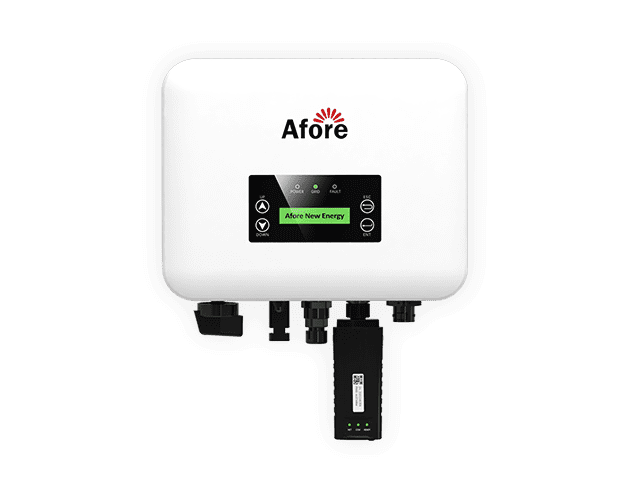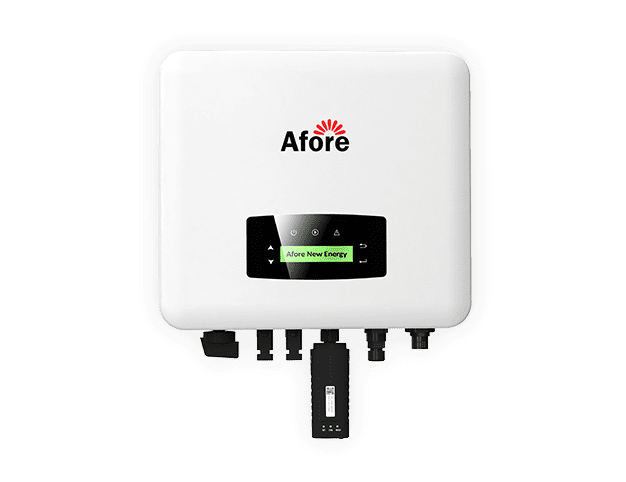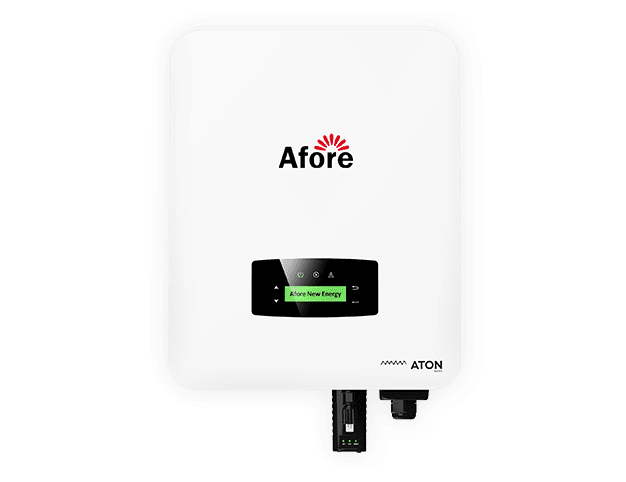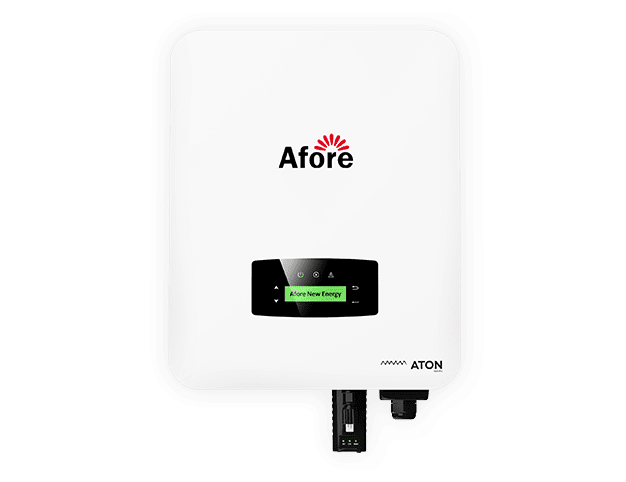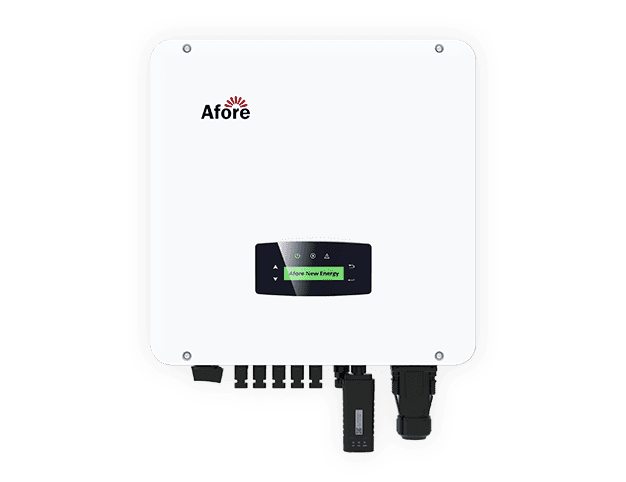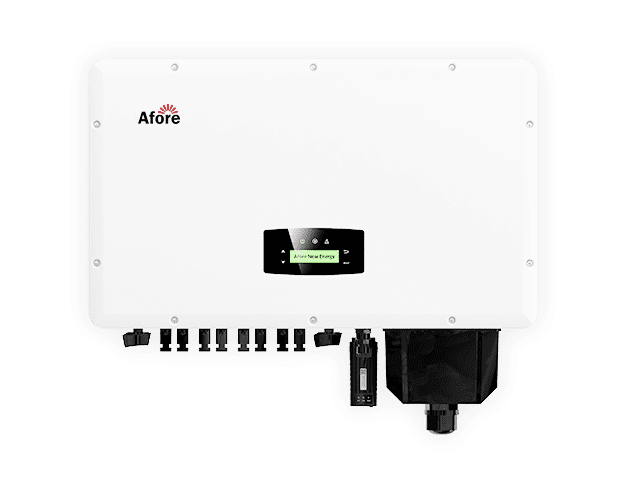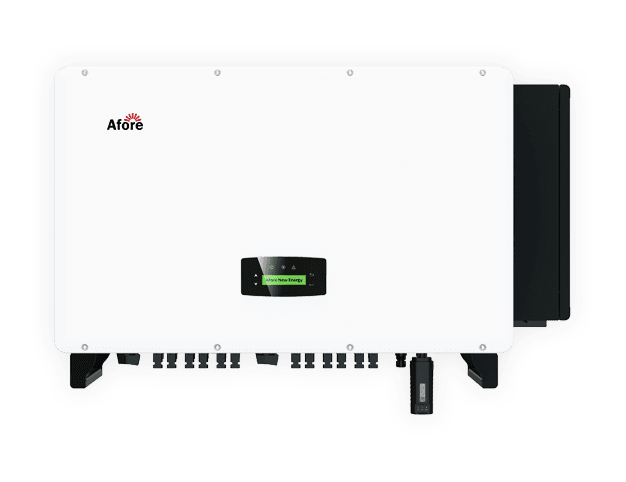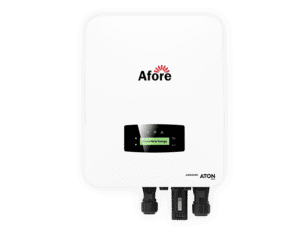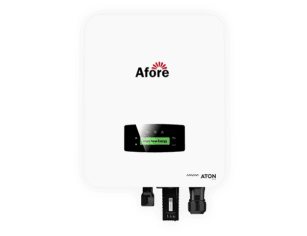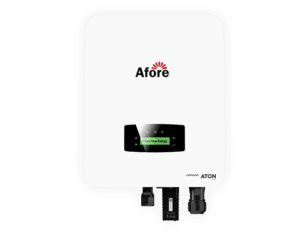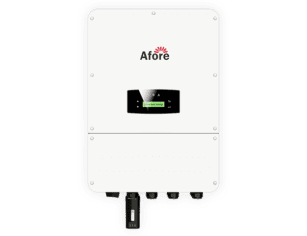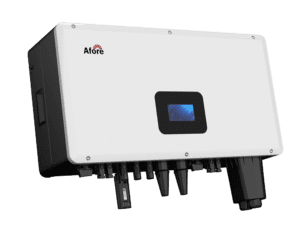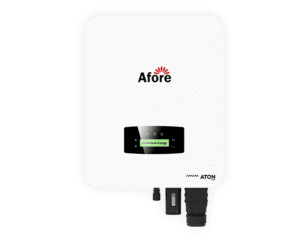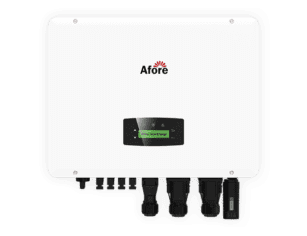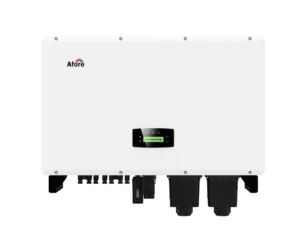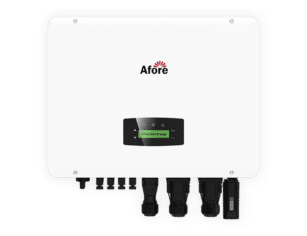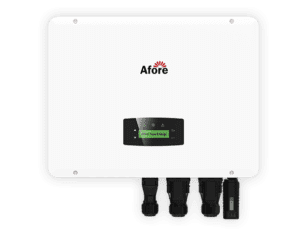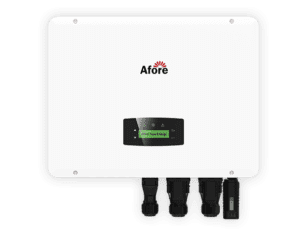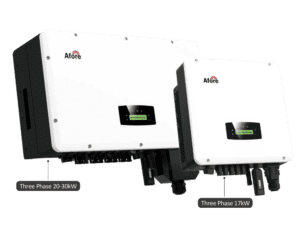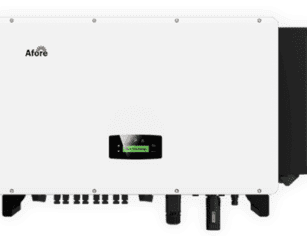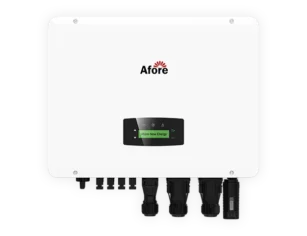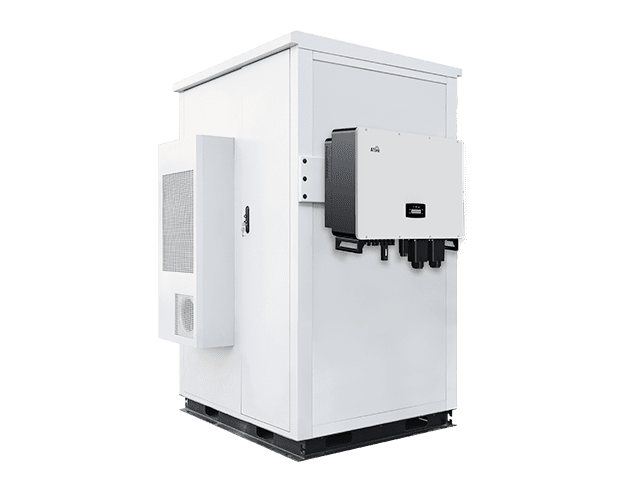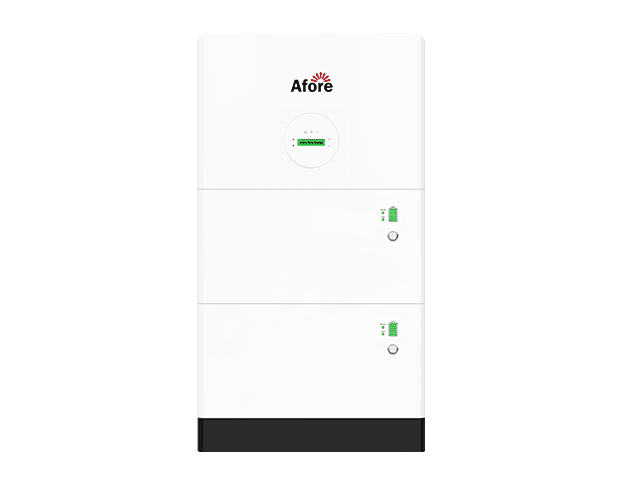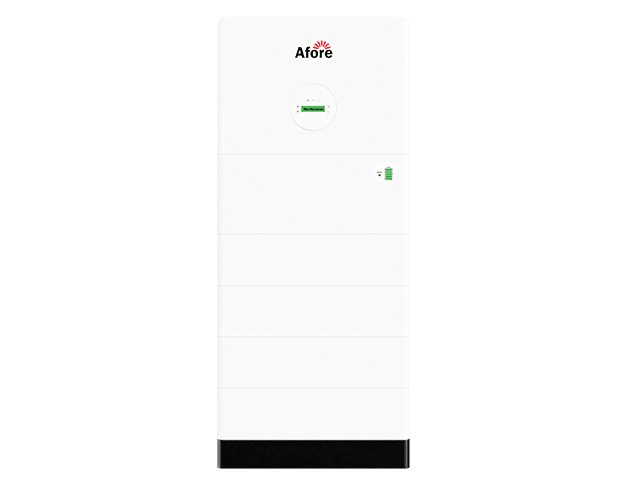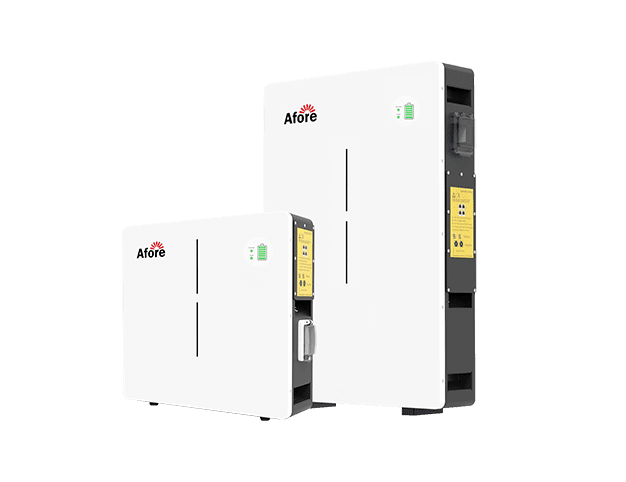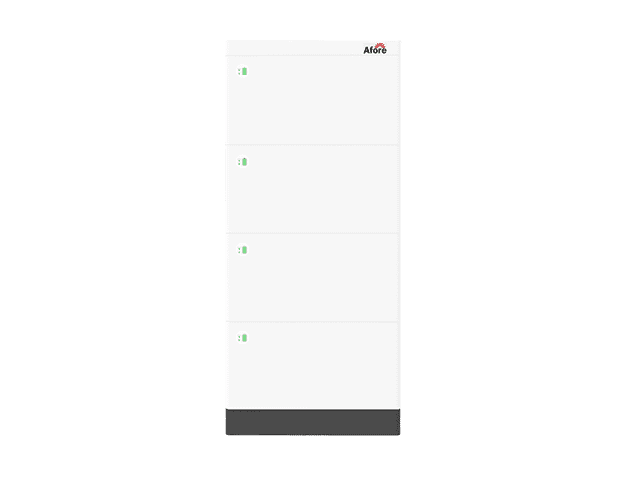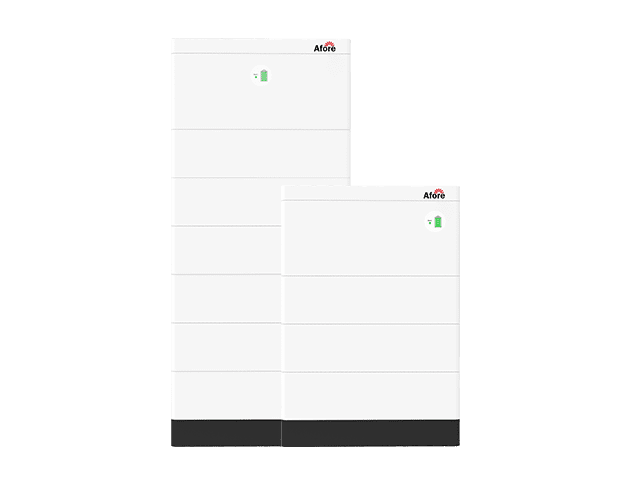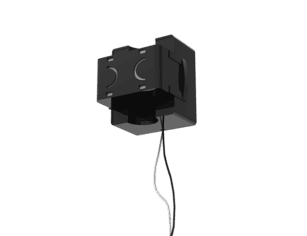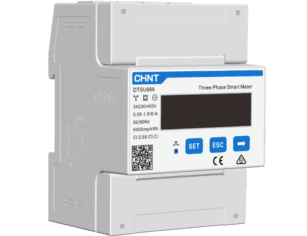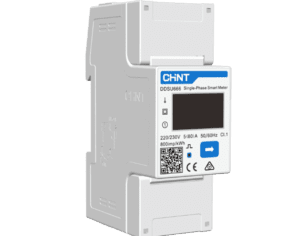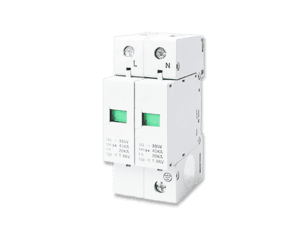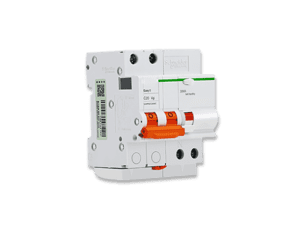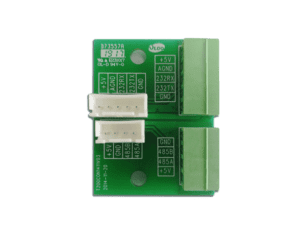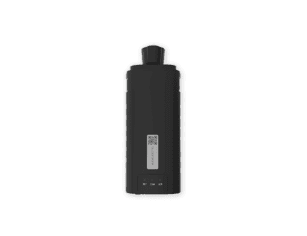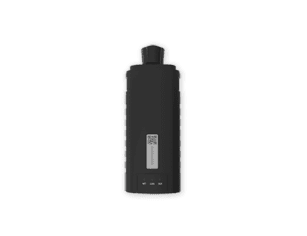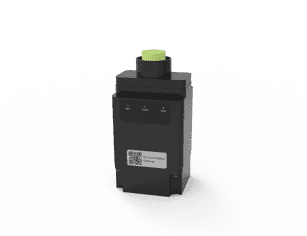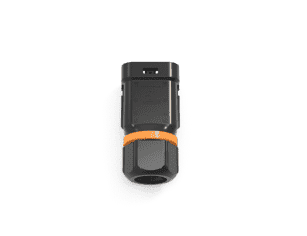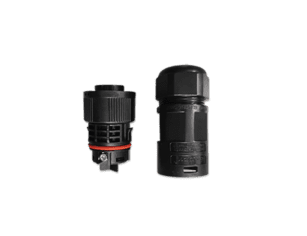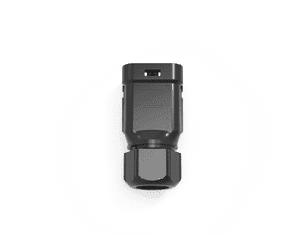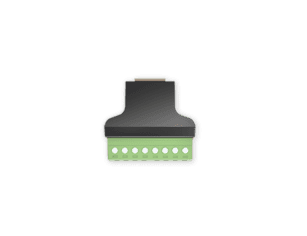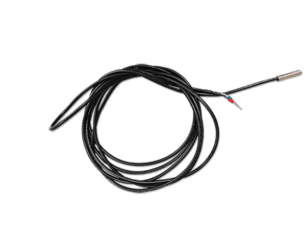Hybrid Solar System Design-A Perfect Option For Your Solar Panel

Table of Contents
There are three types of solar panel system designs: grid-tied system designs, off-grid system designs, and what is an hybrid solar system designs. For each type of system design there are unique setups. And these setups affect the equipment used, installation complexity, and most critically potential costs and savings.
With utility bills rising higher and higher and power outages becoming more frequent in the United States, so many homes and businesses are now installing what is an hybrid solar system.. The advantages of a hybrid grid solar system are especially clear, as hybrid systems combine the best features of both grid-tied and off-grid systems. These designs are grid-connected, which means your solar power system is connected to the utility provider’s power lines.
Different from traditional grid-tied system designs, the hybrid solar system design works with a compatible hybrid inverter and battery combination to offer backup battery power to the grid-tied system. During the day, the solar system draws energy from the sun’s rays to power the home and charge the backup battery. You can then draw from this power at night when your system is not producing energy or during a power outage.
To learn how it works, the blue print of a hybrid solar system overviews the integration of solar panels, hybrid inverters, batteries, and grid connections to create a self-sufficient energy system. And what is an hybrid solar system? This is a system in which both the flexibility to connect to the grid and the added benefit of energy storage allow the homeowner to enjoy reliable, efficient, and affordable solar power.
An Introduction To Hybrid Solar System Design Design
After installing the solar panels, the energy generated needs to be converted into household electricity. There are several ways to do this; You can stay connected to the grid, completely off the grid, or use a hybrid system design. A hybrid system design is when your solar panels are connected to the power grid to a transmission line and have a backup battery system designed to store excess power. What is an hybrid solar system run on solar power and/or mains power, with battery backup for power outages or period of no sun. All excess power generated by the solar panels can be returned to the grid.
The solar energy absorbed by the solar panels is passed through an inverter to produce usable electricity. The electricity then goes to your home, batteries or the grid. The advantages of a hybrid grid solar system design is that it can supply power in any situation.
With a backup battery, your solar panels consist of extra energy, but your home is not using and will be stored in this battery. Then, when the sun is not shining, this battery will provide you with power all night in case of system design power outages or bad weather.
With a hybrid solar system design, if you use up all the batteries, you have the ability to draw power from the grid.
With the hybrid solar system design, it works by delivering solar energy to an inverter, which in turn delivers the energy to your home. The excess energy is not used to power your home, but is stored in your home battery. When the solar panels are not generating electricity, the battery is able to power your home.
After all these steps, if there is any energy left, it is delivered to the grid. A hybrid solar system design is a cross between a grid-tied and off-grid solar system design. This has the advantages of a hybrid grid solar system of connecting to the utility grid at the same time and providing your home with enough backup power to power critical loads in the event of a power outage.
The basic principle of hybrid solar power is that when the sun shines, solar panels generate electricity which is stored in a battery. Once the battery is fully charged, you can utilize the excess power generated by the solar energy to power your household appliances, or if there is any left over, export it to the utility grid.
When the utility grid is turned off, the power stored in the batteries is used as backup power. A hybrid solar system design gives you all the benefits of a grid-tied system design while providing backup power in the event of a power outage.
Once the power is cut off, the solar system design on the grid shuts down. Solar panels and batteries alone can’t generate electricity, and you’ll need other components to help generate electricity.
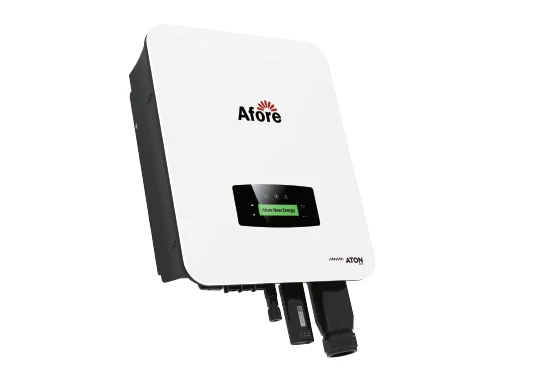
Working Of Hybrid Solar System Design
The array of solar panels in a hybrid solar system design is interconnected with the solar inverter, which is further linked to the solar battery and utility grid. The solar panel absorbs sunlight and converts sunlight into direct current electricity. This electricity then goes to the connected solar inverter that further converts direct current (DC) power to alternating current (AC). This alternating current is the standard electrical current used to power our household appliances and luxuries.
During the day, if the solar system design’s output exceeds the electrical needs of your house, the excess energy is then stored in solar batteries and once the batteries are fully charged, the electricity is automatically exported to the utility grid via “Net-Metering.”
For the night, you will have 2 options in the inverter grid and up to 50% batteries. If you choose govt power/grid, the grid will run your load and in case of a power cut, solar batteries will power your home. If you choose the battery for second priority, the battery will be drawn up to 50%. In case, your household consumes more than 50% battery, the extra electricity required to power the house is drawn from the utility grid.
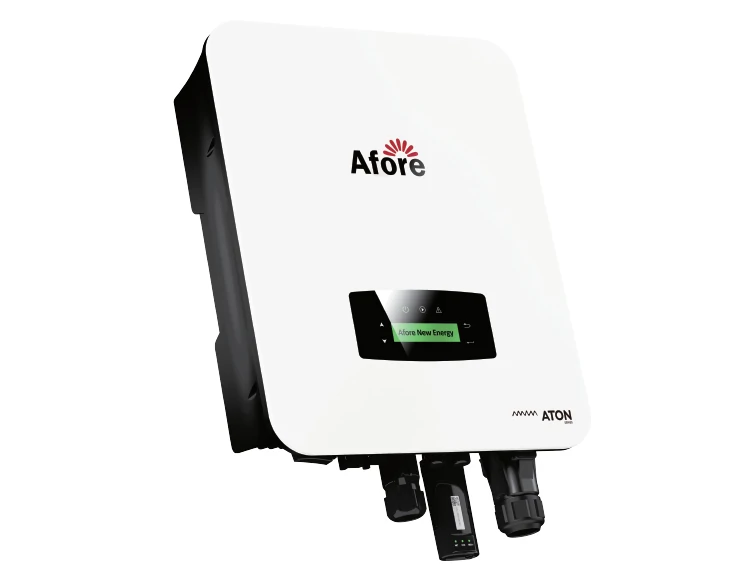
Components Of Hybrid Solar Power System Design
Solar Panels:
This is the source of solar energy. In the case that you want to buy one, you will need a technician to help you rationalize the size. Solar installation requires specialized knowledge.
Batteries:
You can use lithium-ion batteries or other battery technologies in your hybrid solar system design. A battery backup unit can store excess solar energy generated during the day for use at night. You will also need to properly size the storage unit to get enough power for intensive use at night.
Charge Controller:
This is an important component that ensures the health of the design of the backup battery system. As the name suggests, it regulates the flow of charge into the battery. The battery system design should not be overcharged. Overcharging can lead to battery damage, which can shorten the life of the battery.
Hybrid Inverter:
The hybrid inverter is crucial in the design of a hybrid solar system. Its main function is to convert the DC power generated by the solar panels and batteries into usable AC power. It monitors the performance of the solar panels and records the power received, consumed, and stored as well as the excess power exported to the grid.
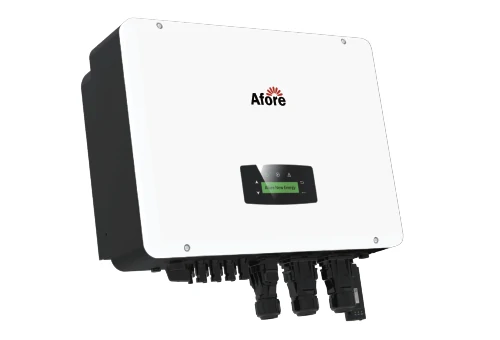
DC Distribution Board:
As the name suggests, this is a panel consisting of circuit breakers and other circuit protection system designs for combining multiple connections from the solar panels.
AC Distribution Board:
This is a breakout board with fuses and circuit breakers to protect connected appliances and devices. It is like your consumer unit.
Advantages of a Hybrid Grid Solar System
A hybrid solar system design is a great option if your priority is to keep your home running on backup solar power during an outage or whose utility company has time of use rates, demand charges, or does not offer a net metering policy, where they compensate you for the excess energy sent back to the grid.
The advantages of a hybrid grid solar system design have the flexibility to manage the time of use electricity rates for maximum solar savings on monthly electric bills.
1. Cost-Effectiveness
A hybrid solar system design allows you to lock in low energy rates for years to come and shields you from future rate hikes. It also allows you to manage the time of use electricity rates for maximum solar savings on electric bills. Hybrid solar system design designs are less expensive than off-grid solar system designs. You don’t really need a backup generator, and the capacity of your battery bank can be downsized.
If your battery runs out of charge at night, you can simply buy off-peak electricity from the utility company. This will be much cheaper than operating a generator.
2. Flexibility And Scalability
A hybrid system design can be designed to meet the specific needs of a home and is scalable for future energy needs.
For example, a customer may want to have a backup power source for essential loads, such as medical equipment, lights, tv, refrigerator, and computers. In this case, the battery bank would be sized to meet the critical load requirements and would be used as needed. A hybrid PV system design can offer flexibility and scalability that are not possible with other types of PV system designs.
3. Environmental Sustainability
Solar panels are increasingly popular as people look for ways to reduce their carbon footprint. A hybrid solar system design is a great option for those who want to do their part for the environment.
4. Reduce The Risk Of Outages
Hybrid solar systems are designed to provide electricity in the event of a grid outage. The main advantages of a hybrid grid solar system design is that in the event of a grid outage due to technical faults or severe weather conditions, the system design ensures that your property will still have access to electricity when the grid is not available.
5. Smart Solar Holds A Lot Of Promise
The introduction of hybrid solar system design has opened up many interesting innovations. New inverters let homeowners take advantage of changes in the utility electricity rates throughout the day.
Solar panels happen to output the most electrical power at noon – not long before the price of electricity peaks. Your home and the electrical vehicle can be programmed to consume power during off-peak hours (or from your solar panels).
Consequently, you can temporarily store whatever excess electricity your solar panels generate in your batteries, and put it on the utility grid when you are paid the most for every kWh.
Smart solar holds a lot of promise. The concept will become increasingly important as we transition toward the smart grid in the coming years.
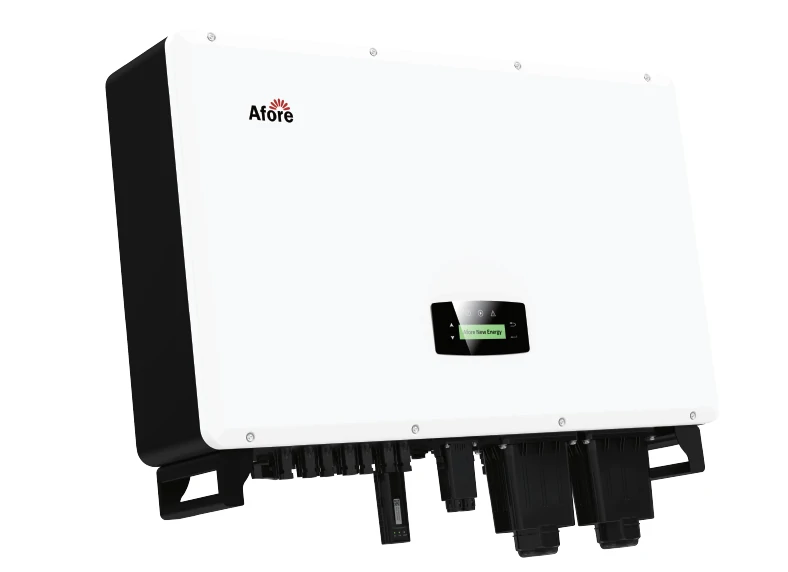
When Should You Consider Solar Hybrid System Designs?
Hybrid solar system designs are not for everyone. Some situations are not just ideal to consider installing solar panels and a battery system design. For example, urban dwellers don’t have to spend on battery backup system designs because the grid power is typically more stable.
So, when is a hybrid solar system design worth the investment? Consider the following cases:
Eligibility For Net Metering
Net metering is not favored by all utility companies. Some don’t have favorable policies for exporting your excess solar power to the grid, and others don’t even allow it in the first place.
If you can’t benefit from net metering, you don’t have to waste time with it. You can install a battery backup system design to store electricity generated by the solar during the day. This will reduce your dependence on the grid and lead to cost-saving in the long run.
Energy Tariff Variations
If the utility company charges different rates, you may still consider a hybrid solar system design. When the rate is low, which is usually during the day when everyone is at work, you can store the solar energy produced.
Wait until peak hours in the evening when the rates are at maximum. Switch to the battery power. And if you stored more than you need to use, you can still export to the grid if net metering is favorable. This trick helps you play the system design and avoid cost surges when demand goes up.
Power Outages
If you live in the countryside, you might be in an area where the grid isn’t as stable and you could be inconvenienced by occasional blackouts. Also, it generally takes more time to repair grid lines damaged by storms and such in the sticks. That is when your hybrid system design comes in handy.
If you’ve sized your battery backup power system design correctly, you won’t have to worry about anything! You can still run all your appliances directly from solar batteries with or without grid power. These are eco-friendlier and more cost-effective in the long term than using diesel-powered generators for backups.
Availability Of Finances
A hybrid solar system design is the most expensive of all three solar system designs. The cost of solar batteries for a backup can be more than that of solar panels.
Unlike grid-tied solar system designs that can be funded through solar lease and power purchase agreements, hybrid system designs don’t qualify for such programs. So, you should be ready to shoulder the high upfront cost. It will only be a feasible option if you are financially stable.
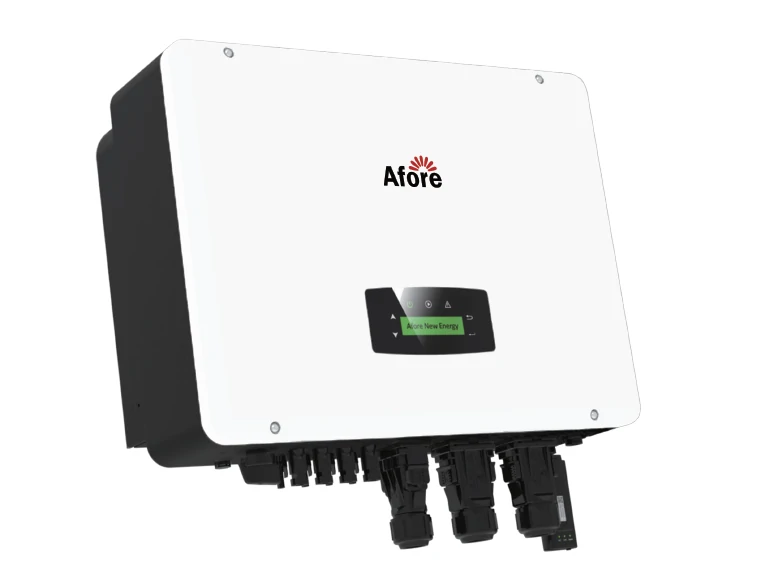
Safety Tips
Safety is one of the most important aspects to keep in mind when installing electrical equipment. During and after installation, you need to follow certain safety guidelines. When installing a hybrid solar power system design or any other PV application, here are some safety tips to keep in mind:
- Do not work in adverse weather conditions to avoid electric shock to system design components.
- When you lift and carry solar panel parts, at least two people are by your side as they tend to be heavy.
- Cover the solar panels with opaque sheets to avoid heat build-up.
- Whether the person installing the system design has a quick shutdown system design to prevent electric shock.
- Install arc fault interrupters to prevent sparks and fires caused by arc faults.
- Use multi-string inverters to reduce the potential risk of arc flash.
- Do not install the photovoltaic system design near flammable gases.
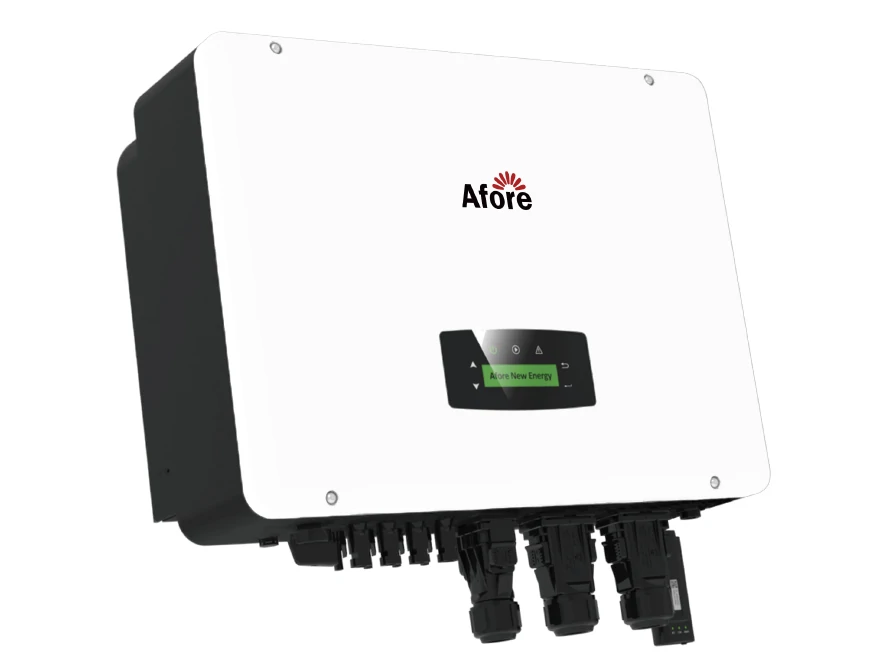
Conclusion
In conclusion, a hybrid solar system design is a great option for homeowners who are not only looking to go solar to lower their electricity bill, but to ensure their property is powered during a power outage. If you are interested in installing a hybrid solar system design, be sure to do your research and find a reputable solar panel installer.




